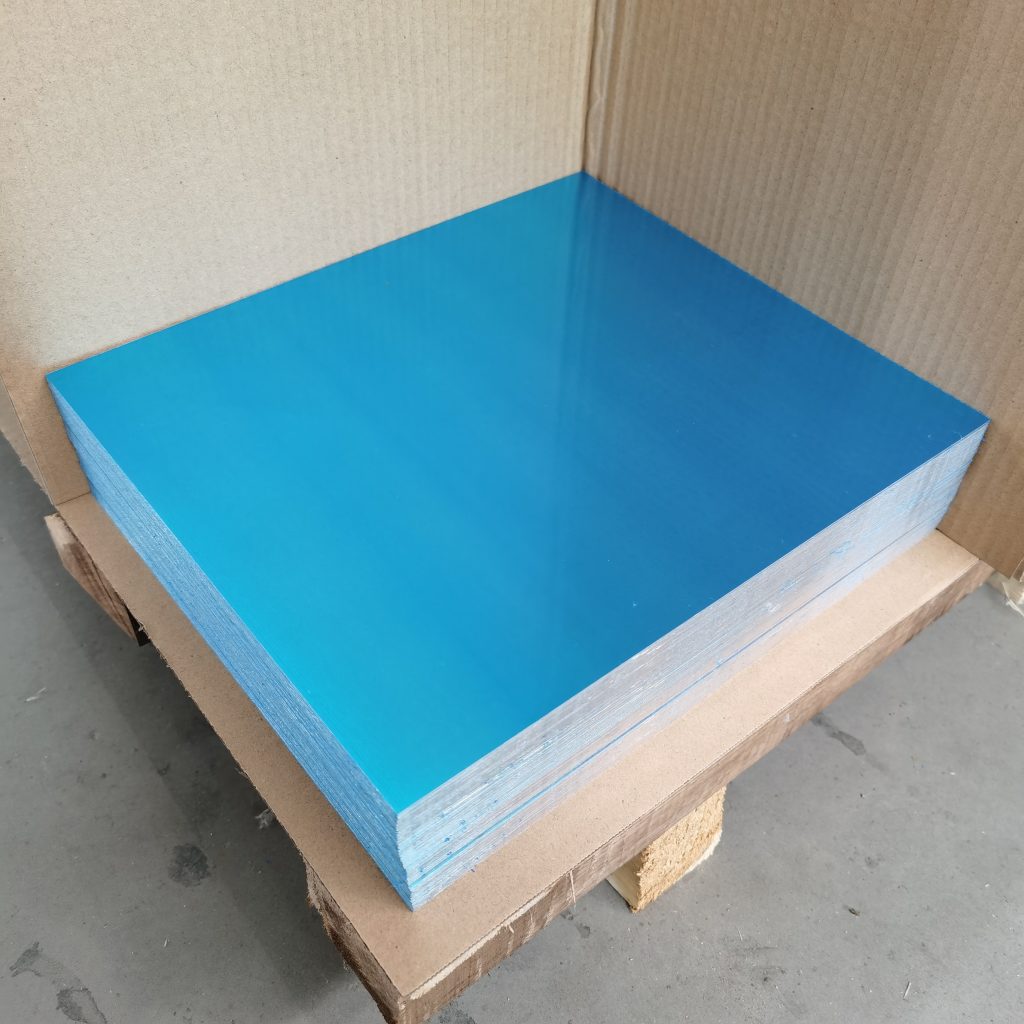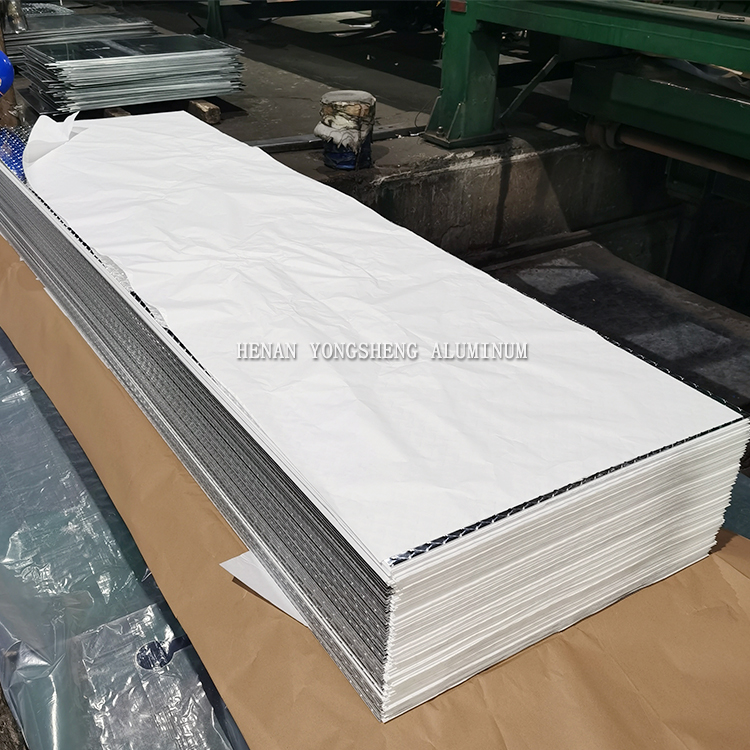Aluminum plates are versatile materials with a wide range of applications in various industries, including aerospace, automotive, construction, and manufacturing. Whether you’re a professional engineer or a DIY enthusiast, selecting the right aluminum plates is essential for achieving optimal results in your projects. Here’s a comprehensive guide to help you navigate the process of choosing aluminum plates for your specific needs.

Identify Your Requirements
Before selecting aluminum plates, clearly define your project requirements and objectives. Consider factors such as:
Desired thickness and dimensions
Strength and durability requirements
Surface finish and appearance preferences
Environmental conditions and corrosion resistance needs
Understanding your project specifications will guide you in selecting the most suitable aluminum plate for your application.
Choose the Right Alloy
Aluminum plates are available in various alloys, each offering unique properties and characteristics. Common aluminum alloys used in plate applications include:
1xxx series: Pure aluminum with excellent corrosion resistance but relatively low strength.
3xxx series: Aluminum-manganese alloys with good formability and moderate strength.
5xxx series: Aluminum-magnesium alloys known for their excellent corrosion resistance and weldability.
6xxx series: Aluminum-silicon-magnesium alloys with good formability, weldability, and strength.
7xxx series: Aluminum-zinc-magnesium alloys prized for their high strength and toughness, ideal for aerospace applications.
Select an alloy that best matches your project requirements in terms of strength, corrosion resistance, machinability, and other relevant factors.
Consider Surface Treatment Options
Depending on your application and aesthetic preferences, you may opt for aluminum plates with different surface treatments, including:
Mill finish: The standard surface finish produced by rolling, suitable for most applications.
Anodized finish: An electrochemical process that enhances surface durability, corrosion resistance, and appearance.
Painted or coated finish: Applied coatings for added protection, decorative purposes, or specific functional requirements.
Choose the appropriate surface treatment based on your project’s functional and aesthetic needs.

Evaluate Mechanical Properties
When choosing aluminum plates, pay attention to mechanical properties such as:
Tensile strength: The maximum stress a material can withstand without breaking.
Yield strength: The stress at which a material begins to deform plastically.
Elongation: The percentage of deformation before fracture, indicating ductility.
Hardness: The material’s resistance to indentation or scratching.
Select aluminum plates with mechanical properties that align with your project’s load-bearing requirements and performance expectations.
Verify Quality Standards and Certifications
Ensure that the aluminum plates you choose meet relevant quality standards and certifications, such as those established by ASTM International, the Aluminum Association, or regional regulatory bodies. Quality assurance measures help guarantee the integrity, consistency, and reliability of the materials you use in your projects.
Conclusion
Choosing the right aluminum plates requires careful consideration of your project requirements, alloy selection, surface treatment options, mechanical properties, and quality standards. By following this comprehensive guide, you can make informed decisions and select aluminum plates that meet your specific needs, ensuring the success and durability of your projects across various industries and applications.


